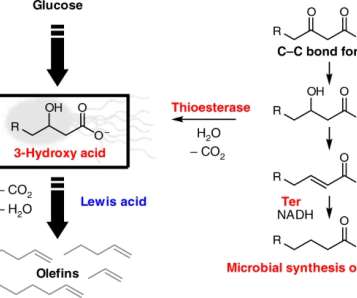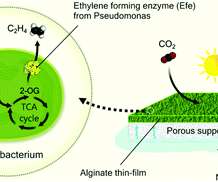NSF awards $2M to Rice U collaboration to explore direct conversion of CO2 into fuels
Green Car Congress
SEPTEMBER 9, 2020
The NSF grant will address challenges that remain before the renewable strategy can be applied practically on a commercial scale. We include experts in catalysts and electrolyzer design, polymer engineering, density functional theory simulations and carbon dioxide capture. To address these challenges, our project is interdisciplinary.





































Let's personalize your content